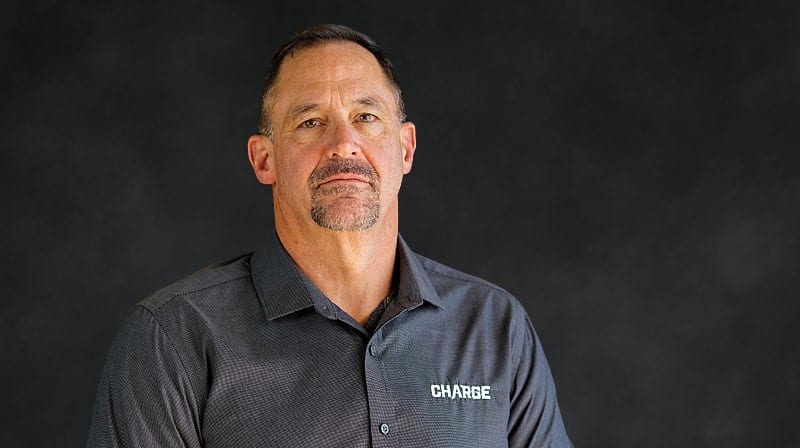While Charge is not required to conduct daily Job Safety Analysis (JSAs) by OSHA or any other regulations, it is a key step in workers protecting themselves throughout the day while on a job site. The JSA is defined by OSHA as a process that examines individual job tasks by breaking the job apart into specific tasks with an eye towards hazards and controls.
The evaluation process strengthens the connections between the worker, task, tools, and environment. After identifying the hazards, the user can take the appropriate steps toward preventing injuries by controlling those hazards. The JSA offers an excellent method for clearly outlining safe and efficient work processes while developing effective expectations for the day’s task and work plan.
Keeping the JSA relevant is a challenge and all involved in the process of conducting a JSA need to have a clear understanding of its purpose. Completing a JSA is simple, but it is important to know the job and be familiar with the work. The more clearly a worker understands the job, the more useful the JSA will be. When the JSA has been done, it can be used to show the worker how to do the job, and who is responsible for specific tasks. It is also ideal for training, since it shows a worker how to safely and efficiently do the task. It also sets clear expectations for the crew, so that everyone learns to do the job in the same safe way.
For each task at hand, the JSA asks the following questions:
- What can possibly go wrong here?
- What are the consequences of that wrong?
- Exactly how could it happen? Are there other ways the same incident might occur?
- What are other contributing elements in this scenario?
- How likely is it that this risk plays out? Is this a pressing issue?
Five steps to consider when completing a JSA:
- Break down the job into a sequence of steps. Consider recording video or taking pictures of the
process. This can be useful for training. - Document each job task in the process, beginning each step with an action verb.
- With each step in the process, ask the Five Ws: “Who, What, Where, When, Why.”
- Discuss all steps with those performing the job task. The best way to develop the JSA is by thinking through each task you plan to complete.
- Collaborate with the team to review the job steps and confirm if the steps continue to be the safest and most effective methods. Reviewing the JSA with everyone helps to uncover useful details regarding how the task(s) are performed, but also why it is done in a certain manner. This process also helps to grow employee satisfaction, loyalty, and validation.
JSAs give us the best chance of operating incident free if we are conducting good, honest risk assessments and doing what we say we’re going to do. Better planning and processes mean improved production and better morale, and ensure our number one priority is achieved — everyone goes home the same way they came in.

